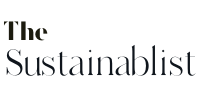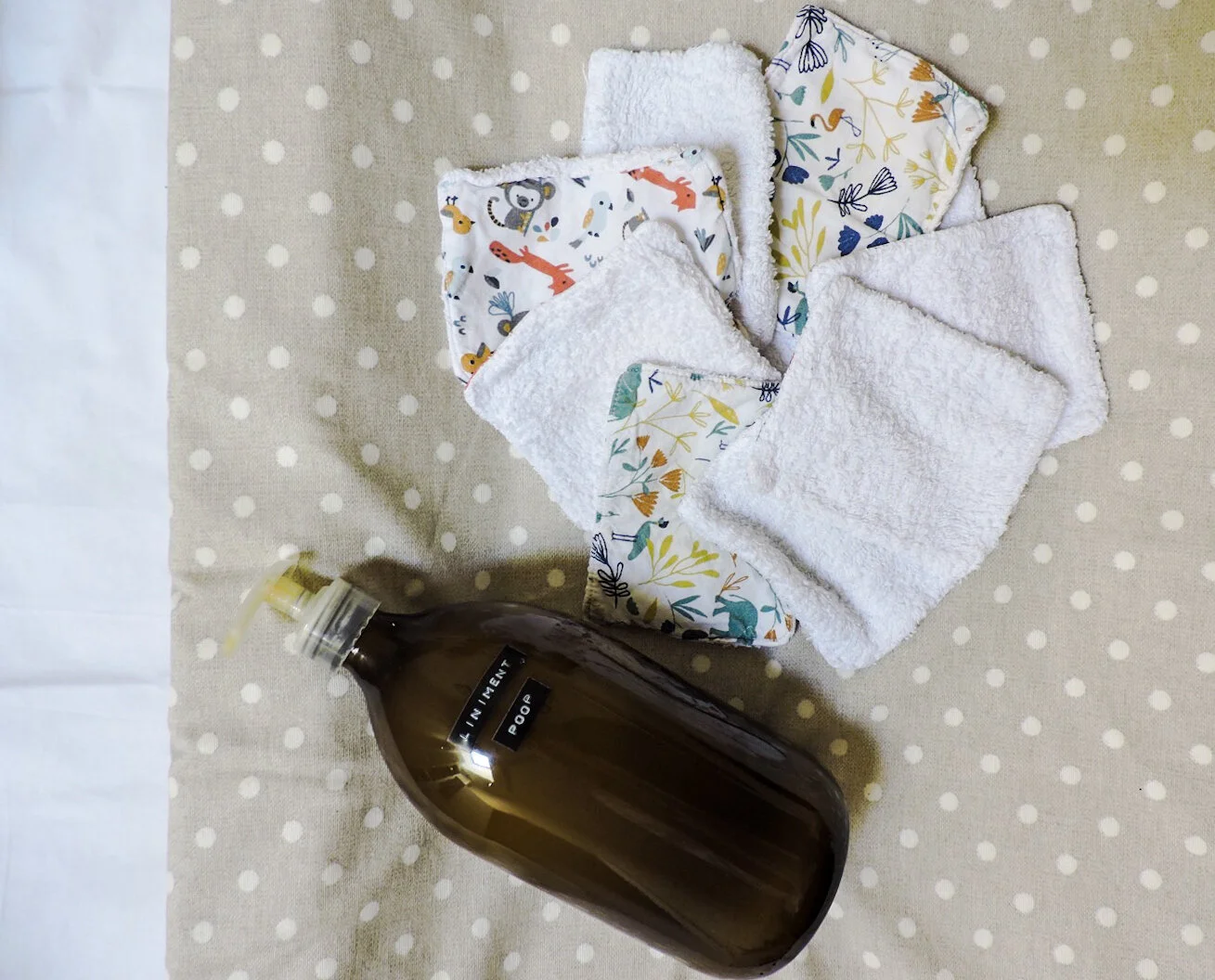How to raise a zero waste baby?
Written by Lily Burns
Author | Go Green Madrid
Having a baby is a big overwhelming change, so why complicate things even more by doing it as eco-friendly as possible? Thing is - are you actually complicating yourself?
After a few months of having a baby, we can say with confident certainty that it is not too difficult, complicated or stressful to include the little one in your environmental concerns.
There are things you can do to raise your baby in a eco-friendly/almost zero waste way.
Here are a list of various items that will drastically help reduce your baby’s waste footprint.
Cloth nappies are one of the staples. Photo by Lily Burns (Go Green Madrid)
Cloth nappy
Let’s dive straight to a key subject: cloth diapers.
Everyone that is not involved in the actual education of your newborn will have a piece of advice to share, especially when you’re not asking for it - and perhaps some of these advices try to steer you away from reusable cloth nappies.
A baby uses one tonne of disposable nappies from the moment he/she is born, right up until the potty training stage. This wasteful tonne will cost you about 2.000€.
You can spare 95% of this waste and save 1.000€ (which includes the actual reusable nappies, plus the water and electricity needed to wash them) by using cloth nappies.
You will need about 15 cloth nappies for good rotation, allowing you to reduce (or completely avoid) disposable nappies.
We personally use two brands, Hamac and Bambino Mio - but, do also have an emergency disposable nappy pack, which is mainly used when we’re outdoors.
Reusable cotton wipes are an easy and affordable alternative. Photo by Lily Burns (Go Green Madrid)
Wet wipes
The other big source of waste are the disposable wet wipes. Let’s admit it, they are a shameful ecological disaster. Know what? They’re actually really really, really easy to live without. Even your grandma knows this.
For baby pees we use… reusable cotton wipes!
We sprinkle them with water, clean the area and done. At the bare minimum, by using cotton wipes you get the same cleaning result as using disposable wet wipes - but you then get the added bonus of being able to wash and reuse the cotton wipe, thereby reducing your waste.
You will need quite a few of these (20 is ok, 30 is great), but they’re sturdy, won’t rip and they last long.
Just by changing to reusable cotton wipes for baby pees you’ve automatically cancelled half of all the disposable wet wipes you would’ve used.
And for baby poos we use… disposable biological cotton wipes!
We buy them in large packages (100 units), and sprinkle a cotton wipe with water when cleaning time comes. And yes, despite them being a waste, they are a biodegradable waste, as opposed to the usual disposable wet wipes that end up causing fatbergs.
The zero waste baby essentials. Photo by Lily Burns (Go Green Madrid)
Personal hygiene
In supermarkets you can find many different hygiene products for babies. Some of them even come “perfumed”, which is crazy, as babies actually smell pretty well (at least most of the time).
All these supermarket baby hygiene products have a lot of unnecessary and unwanted ingredients.
For the bath time, we use some soap I made (without essential oil). You can find some simple and honest artesian soaps, made with very few ingredients, that are perfect for a baby’s sensitive skin.
For the nappy change (once the cleaning is done), we use a very smooth cream I made which uses olive oil as the main ingredient.
You’ll need:
100 ml of limewater
100 ml of olive oil
1 t.s of beeswax
- Use a bain-marie to melt the beeswax. Mix in the oil.
- When everything is melted, remove from the stove and add the limewater.
- Shake.
- Transfer the mixture to a bottle with a dispenser.
From time to time, you can shake the bottle to make sure it stays well mixed.
In the event your baby has rashes, a final great zero-waste-personal-hygiene-natural-alternative is green clay. You can mix a bit of green clay with water and apply overnight.
Buy pre-loved toys and clothes. Photo by Lily Burns (Go Green Madrid)
Clothes & toys
By choosing second hand clothes and toys you'll save on money and benefit the planet - plus, there’s some very cool stuff out there with years of use to give.
There are many websites offering second hand baby items - but if I were to choose, my favourite is Vinted. Everything I’ve bought so far has been good quality and perfectly able to handle another baby.
SO - after reading this and (hopefully!) realising that reducing your baby's waste is not as traumatising as it seems… now what?
For us, it’s not about ticking all the green boxes for the sake of reducing your baby’s waste footprint (and stressing you out in the process). Do what you find works for you and organically expand as you move forward.
Think of it this way. By using only ONE reusable cloth nappy every day, you’ll have saved around 900 disposable nappies that your baby kid would have needed until the potty takes over. It’s a small difference but has the potential to expand into many other reduce-your-baby-waste-footprint directions.











